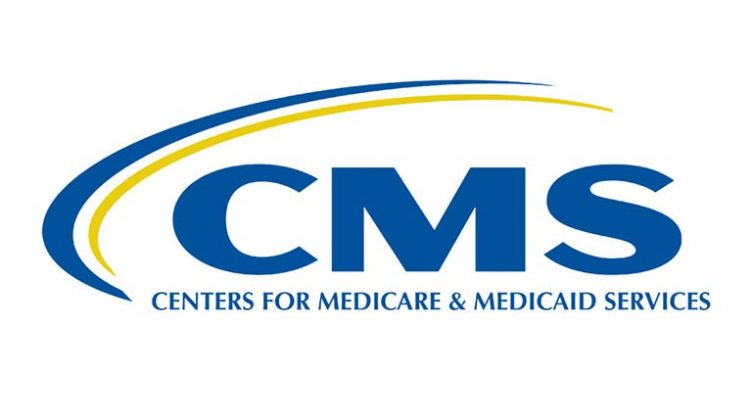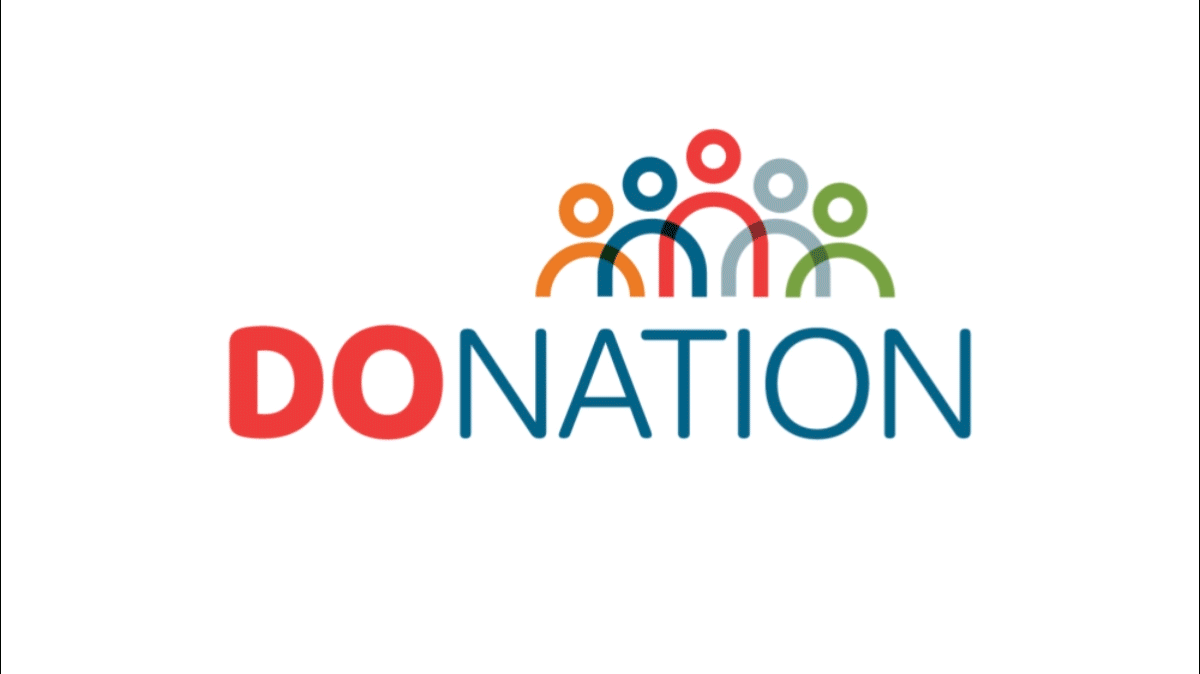Feb 22, 2019 – CMS PRESS RELEASE:
New features offer local communities greater transparency into opioid prescribing rates
Feb 22, the Centers for Medicare & Medicaid Services (CMS) released an expanded version of the Opioid Prescribing Mapping Tool, ensuring that CMS and our partners have the most complete and current data needed to effectively address the opioid epidemic across the country. This update to the Opioid Prescribing Mapping Tool further demonstrates the agency’s commitment to opioid data transparency and using data to better inform local prevention and treatment efforts, particularly in rural communities hard hit by the opioid crisis. For the first time, the tool includes data for opioid prescribing in the Medicaid program. Additionally, users can now make geographic comparisons of Medicare Part D opioid prescribing rates over time for urban and rural communities.
“Leveraging data is one of CMS’s key strategies to help target our prevention and treatment efforts to combat the opioid crisis, especially in rural communities,” said CMS Principal Deputy Administration for Operations Kimberly Brandt. “Fighting this epidemic and its impact in every state, county and municipality is a priority of the Trump Administration, and this mapping tool gives our state and local partners the data they need to build on their own targeted solutions.”
Last year, CMS published the Roadmap to Address the Opioid Crisis, which highlighted the role of data in supporting all of CMS’ activities to promote prevention and treatment of opioid use disorder. CMS has made fighting the opioid epidemic a priority, and data is a critical tool to help the agency develop targeted policies and track progress on key indicators of success. For example, CMS used data to identify Medicare physicians who were prescribing higher levels of opioids than their peers, sending over 24,000 letters in 2017 and 2018 to those physicians to incentivize safe prescribing practices.
The Opioid Mapping Tool, first launched in 2015, originally provided a snapshot of Medicare Part D prescribing rates from 2013. Last year it was expanded to include opioid prescribing rates for 2016, as well as the change in opioid prescribing rates from 2013 to 2016. This latest version now includes new features that offer an expanded view of prescribing rates over time and across regions, allowing the chance to measure trends and make comparisons. These more interactive features allow healthcare professionals committed to combating the opioid crisis to better understand prescribing rate trends in their area.
Specifically, the latest additions to the mapping tool include:
- Medicaid state opioid prescribing rates[1]
The Medicaid Mapping Tool allows users to review Medicaid opioid prescribing rates at the state level and compare prescribing rates in fee-for-service and managed care.- In Medicaid, opioid prescribing rates at the state level in 2016 range from 2.9% to 9.4%, compared to the national average opioid prescribing rate of 5.4%. Opioid prescribing in Medicaid is slightly higher in managed care (5.4%) compared to fee-for-service (5.3%).
- The data also shows the change in prescribing rates from 2013 to 2016.
- Medicare Part D geographic opioid prescribing rates
The Medicare Part D Opioid Prescribing Mapping Tool has been updated with additional maps that allow users to quickly compare Part D opioid prescribing rates in urban and rural areas at the state, county and ZIP code levels.- In Medicare Part D, opioid prescribing rates at the state level in 2016 range from 2.9% to 7.4% compared to the national average opioid prescribing rate of 5.3%.
- Opioid prescribing is slightly higher in rural areas (5.5%) compared to urban areas (5.3%).
- There are 14 states that have higher opioid prescribing rates in rural areascompared to urban areas and there are 34 states that have slightly higher opioid prescribing rates in urban areas compared to rural areas.
By openly sharing this data in a secure, broad, and interactive way, CMS is increasing community awareness among local stakeholders, such as researchers, providers, and public health officials, to help us address this crisis, and continuing to demonstrate the agency’s commitment to combating the opioid epidemic.
The opioid prescribing mapping tools are available at: https://go.cms.gov/opioidheatmap.




